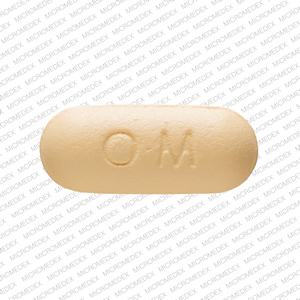Ultracet Interactions
There are 812 drugs known to interact with Ultracet (acetaminophen/tramadol), along with 15 disease interactions, and 1 alcohol/food interaction. Of the total drug interactions, 325 are major, 473 are moderate, and 14 are minor.
- View all 812 medications that may interact with Ultracet
- View Ultracet alcohol/food interactions (1)
- View Ultracet disease interactions (15)
Most frequently checked interactions
View interaction reports for Ultracet (acetaminophen / tramadol) and the medicines listed below.
- amlodipine
- aspirin
- atorvastatin
- Celebrex (celecoxib)
- clonazepam
- Crestor (rosuvastatin)
- cyclobenzaprine
- Cymbalta (duloxetine)
- Flexeril (cyclobenzaprine)
- gabapentin
- ibuprofen
- Klonopin (clonazepam)
- levothyroxine
- lisinopril
- Lyrica (pregabalin)
- meloxicam
- metformin
- Neurontin (gabapentin)
- Nexium (esomeprazole)
- omeprazole
- pantoprazole
- prednisone
- Protonix (pantoprazole)
- Synthroid (levothyroxine)
- tramadol
- trazodone
- Vitamin B12 (cyanocobalamin)
- Vitamin C (ascorbic acid)
- Vitamin D3 (cholecalciferol)
- Xanax (alprazolam)
Ultracet alcohol/food interactions
There is 1 alcohol/food interaction with Ultracet (acetaminophen / tramadol).
Ultracet disease interactions
There are 15 disease interactions with Ultracet (acetaminophen / tramadol) which include:
- alcoholism
- liver disease
- gastrointestinal obstruction
- acute alcohol intoxication
- drug dependence
- respiratory depression
- PKU
- gastrointestinal conditions
- hypoglycemia
- hypotension
- intracranial pressure
- liver disease
- renal dysfunction
- seizure disorders
- suicidal
More about Ultracet (acetaminophen / tramadol)
- Ultracet consumer information
- Compare alternatives
- Reviews (34)
- Drug images
- Side effects
- Dosage information
- During pregnancy
- Drug class: narcotic analgesic combinations
Related treatment guides
Drug Interaction Classification
| Highly clinically significant. Avoid combinations; the risk of the interaction outweighs the benefit. | |
| Moderately clinically significant. Usually avoid combinations; use it only under special circumstances. | |
| Minimally clinically significant. Minimize risk; assess risk and consider an alternative drug, take steps to circumvent the interaction risk and/or institute a monitoring plan. | |
| No interaction information available. |
See also:
Further information
Always consult your healthcare provider to ensure the information displayed on this page applies to your personal circumstances.


